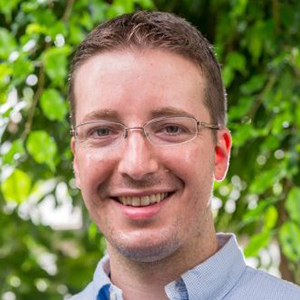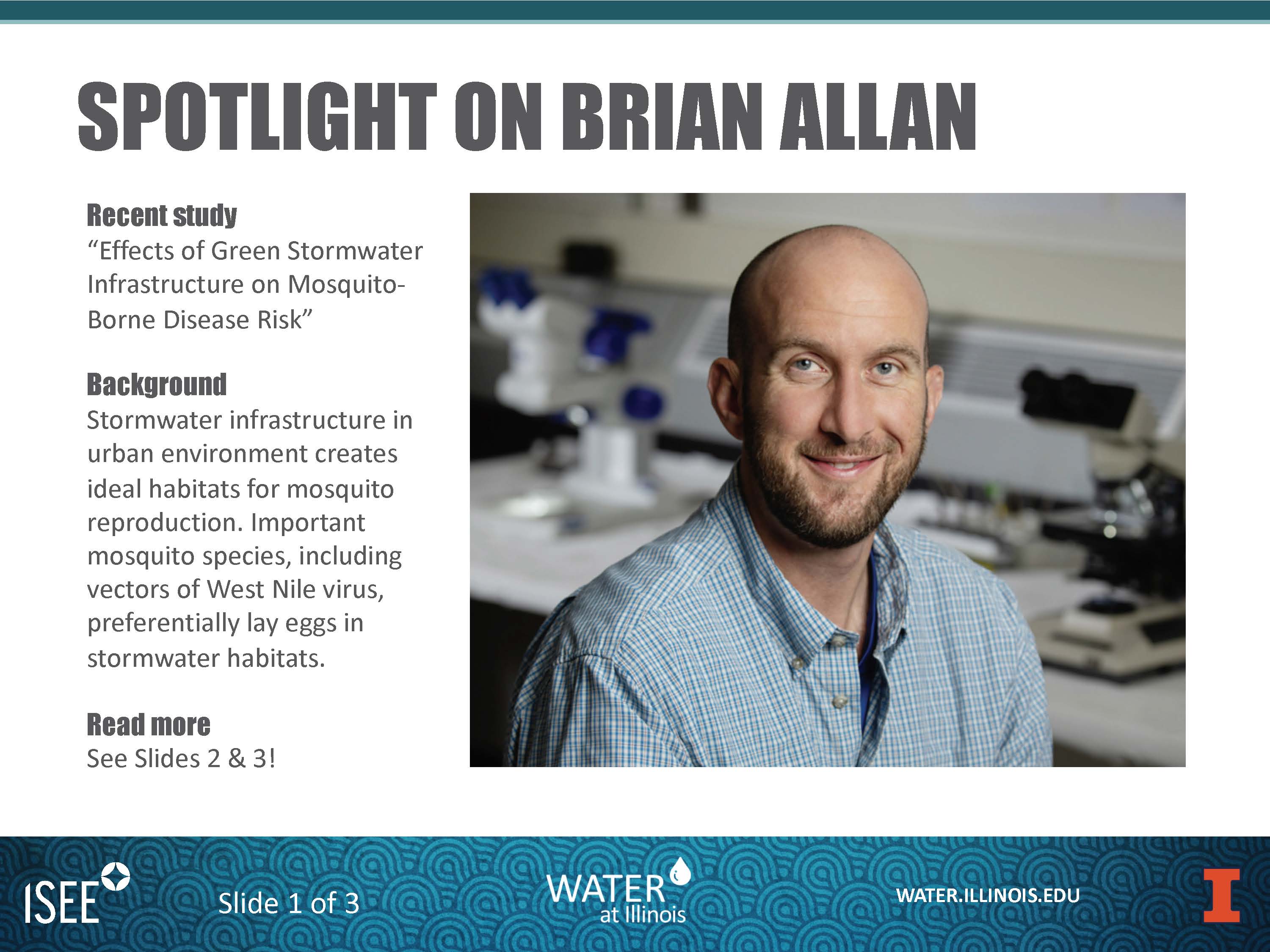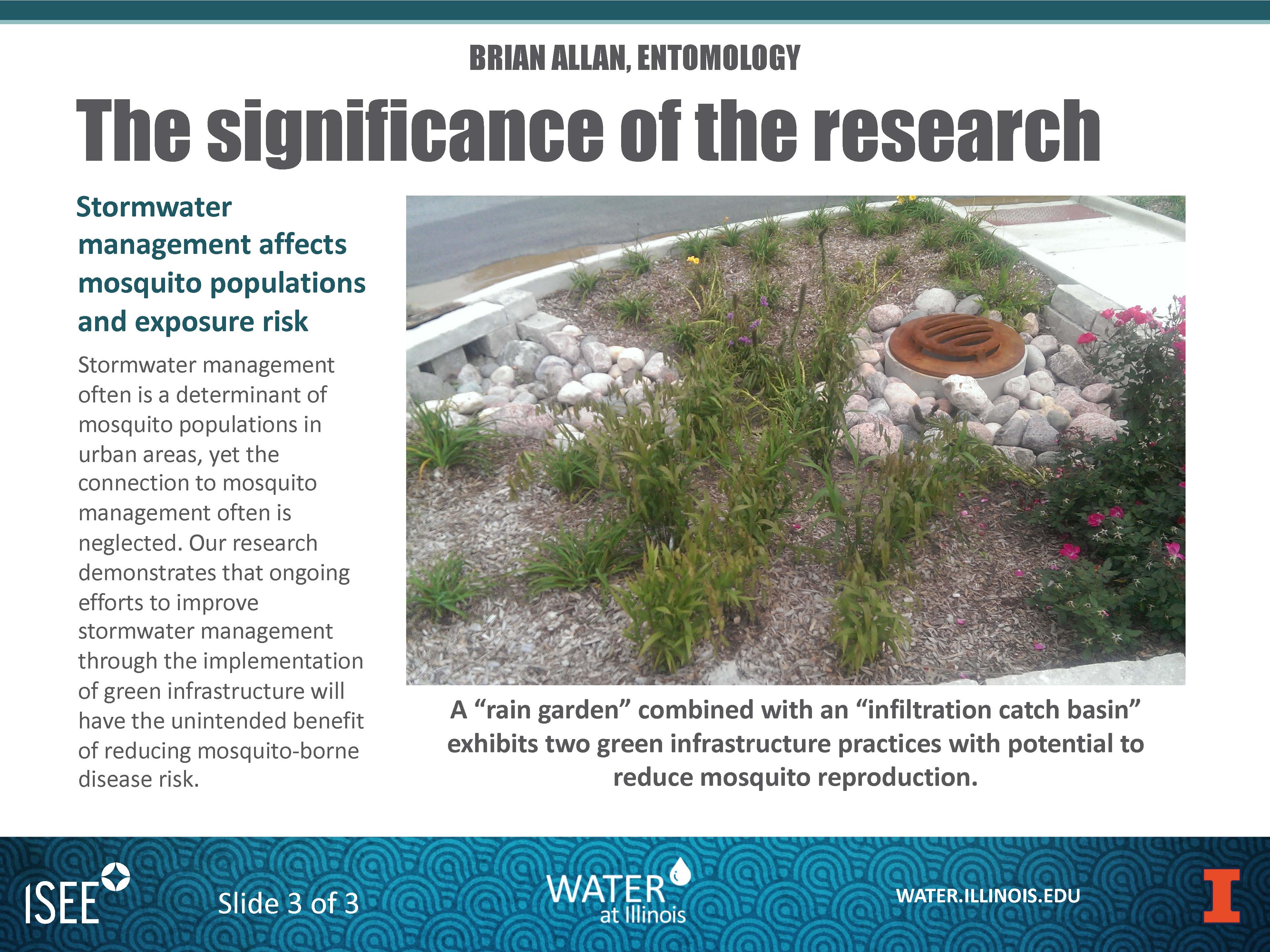 Water is life. For much of the world’s population, that is both a statement of the linkage between water quality and public health —and a plea for help. Currently, more than 10 percent of the world’s population (748 million people) lacks access to “improved” water, and 1.8 billion more drink “unsafe” water from “improved” sources, according to a 2014 UNICEF and World Health Organization report. This results in waterborne-related diseases that cause about 4 billion annual episodes of diarrhea and 1.8 million annual deaths, according to WHO figures, and 870 million cases of chronic malnutrition annually, according to a 2013 report by the U.N. Food and Agriculture Organization (FAO). Population growth, industrialization, naturally occurring chemical contamination, and climate change variability further impact the quality and quantity of potable water.
Water is life. For much of the world’s population, that is both a statement of the linkage between water quality and public health —and a plea for help. Currently, more than 10 percent of the world’s population (748 million people) lacks access to “improved” water, and 1.8 billion more drink “unsafe” water from “improved” sources, according to a 2014 UNICEF and World Health Organization report. This results in waterborne-related diseases that cause about 4 billion annual episodes of diarrhea and 1.8 million annual deaths, according to WHO figures, and 870 million cases of chronic malnutrition annually, according to a 2013 report by the U.N. Food and Agriculture Organization (FAO). Population growth, industrialization, naturally occurring chemical contamination, and climate change variability further impact the quality and quantity of potable water.
Areas of Research Focus
World leading researchers at the University of Illinois at Urbana-Champaign are working to overcome these Water/Environment/Health Nexus challenges through transdisciplinary efforts to:
- develop real-time detection of waterborne pathogens and chemical contaminants;
- develop revolutionary smart water treatment and recovery/reuse systems;
- develop innovative approaches to water resource monitoring and assessment;
- advance the understanding of infectivity and pathogen inactivation;
- advance the understanding of ground/surface water degradation
- advance the understanding of disinfection byproduct formation; and
- develop waste treatment technologies that detect and treat pathogens and contaminants in water supplies
Working together, researchers at Illinois are creating the needed sustainable solutions of tomorrow by leveraging a long tradition of research excellence supported by national water research centers on campus. These centers foster coordinated activities between: biogeochemists, biologists, chemists, ecologists, environmental engineers, genetic toxicologist, hydrogeologists, material science engineers, mechanical science engineers, physicists, and water resource engineers. We are always looking for opportunities to broaden our research efforts and expertise through new collaborations with academic, governmental, industrial, municipal, and nongovernment agencies.
Water Scholars at Work
(click to enlarge images and view as a slide show; more scholars’ studies profiled on each of the Areas of Excellence landing pages)
Researchers
















Benito Mariñas
Environmental engineering and water safety


Omar Pérez Figueroa
Climate change, environmental justice












Wei Zheng
Chemical contaminants and pollution
ILLINOIS RESEARCH CENTERS
ONGOING GRANTS & GRANT OPPORTUNITIES
Academic, Government Partners Work on Next Level in Home Water Filtration

Illustration of free-standing gold membrane with nanoparticles 6 nanometers in diameter and openings of 2 micrometers.
The Prairie Research Institute’s Illinois Sustainable Technology Center researchers Nandakishore Rajagopalan and Wei Zheng are part of a team of experts from government and academia who are working to improve the filtration of household drinking water using new ultrathin nanoparticle-based membranes to remove trace organic contaminants (TrOCs).
The U.S. Department of Energy will fund the work through its Technology Commercialization Fund, which moves promising energy technologies developed by 12 national laboratories and their research partners to the marketplace. The Illinois Sustainable Technology Center (ISTC) will assist in the testing the performance of prototype TrOCs filtration membrane devices which may be commercially viable for the home water filtration market. The primary investigator on the project is Xiao-Min Lin, a scientist at Argonne’s Center for Nanoscale Materials and at the James Franck Institute, University of Chicago.
Argonne National Laboratory and the University of Chicago developed the technology for the new membrane structure using gold nanoparticles which are strong and porous, and which can be “dialed” to selectively trap different contaminants by engineering the ligand on the particle surface. A ligand is a molecule that binds to a central metal atom to form a complex that helps to protect the nanoparticle and introduce additional functionalities. Laboratory measurements have demonstrated the nanoparticle based membrane can selectively filter out molecules as small as 2 nanometers, yet has water permeability far higher than conventional polymer-based membranes.
For two years, scientists at Argonne, ISTC and the Metropolitan Water Reclamation District (MWRD) of Greater Chicago have been conferring on the problem of removing TrOCs from potable water supplies. Such contaminants consist of hormones, pesticides, prescription medications, personal care products, synthetic industrial chemicals, and chemicals formed during wastewater and drinking-water treatment processes. Even at very low concentrations these molecules can negatively affect aquatic environments and are of concern for human health impacts.
“Modern wastewater treatment plants were not designed to remove such materials, especially at such low concentrations,” said Zheng, a senior research scientist at ISTC.
The search has been ongoing for methods to remove TrOCs including biodegradation, photolysis, volatization, and sorption. “We hope a gold nanoparticle-based membrane approach will improve the sorption efficiency of TrOC removal at low pressure and low energy — at a cost that makes it widely available for home filtration,” he said.
“Deploying new clean energy technologies is an essential part of our nation’s effort to lead in the 21st century economy and in the fight against climate change,” said Lynn Orr, DOE’s Undersecretary for Science and Energy, in announcing the grant. DOE’s Technology Commercialization Fund “will help to accelerate the commercialization of cutting-edge energy technologies developed in our national labs, making them more widely available to American consumers and businesses.”
— Article by ISTC
FIND A WATER SCHOLAR




